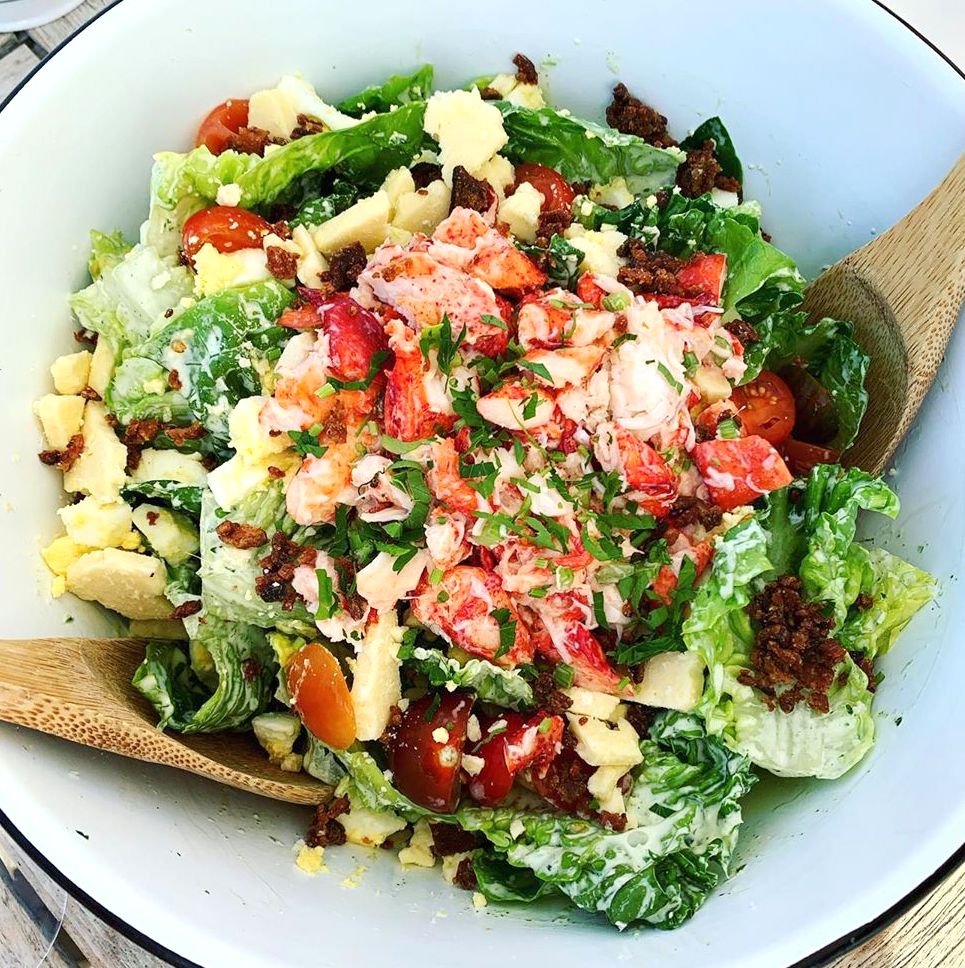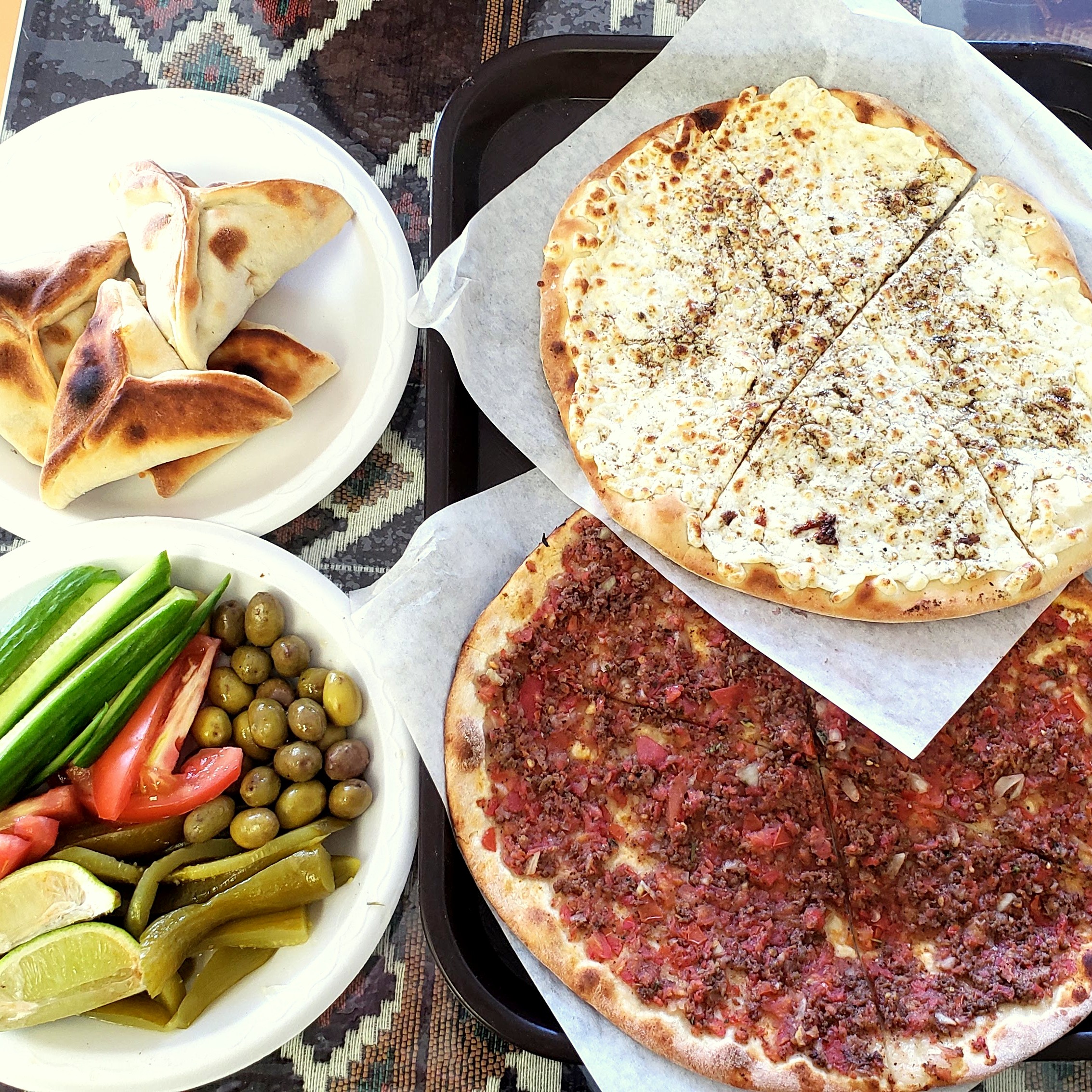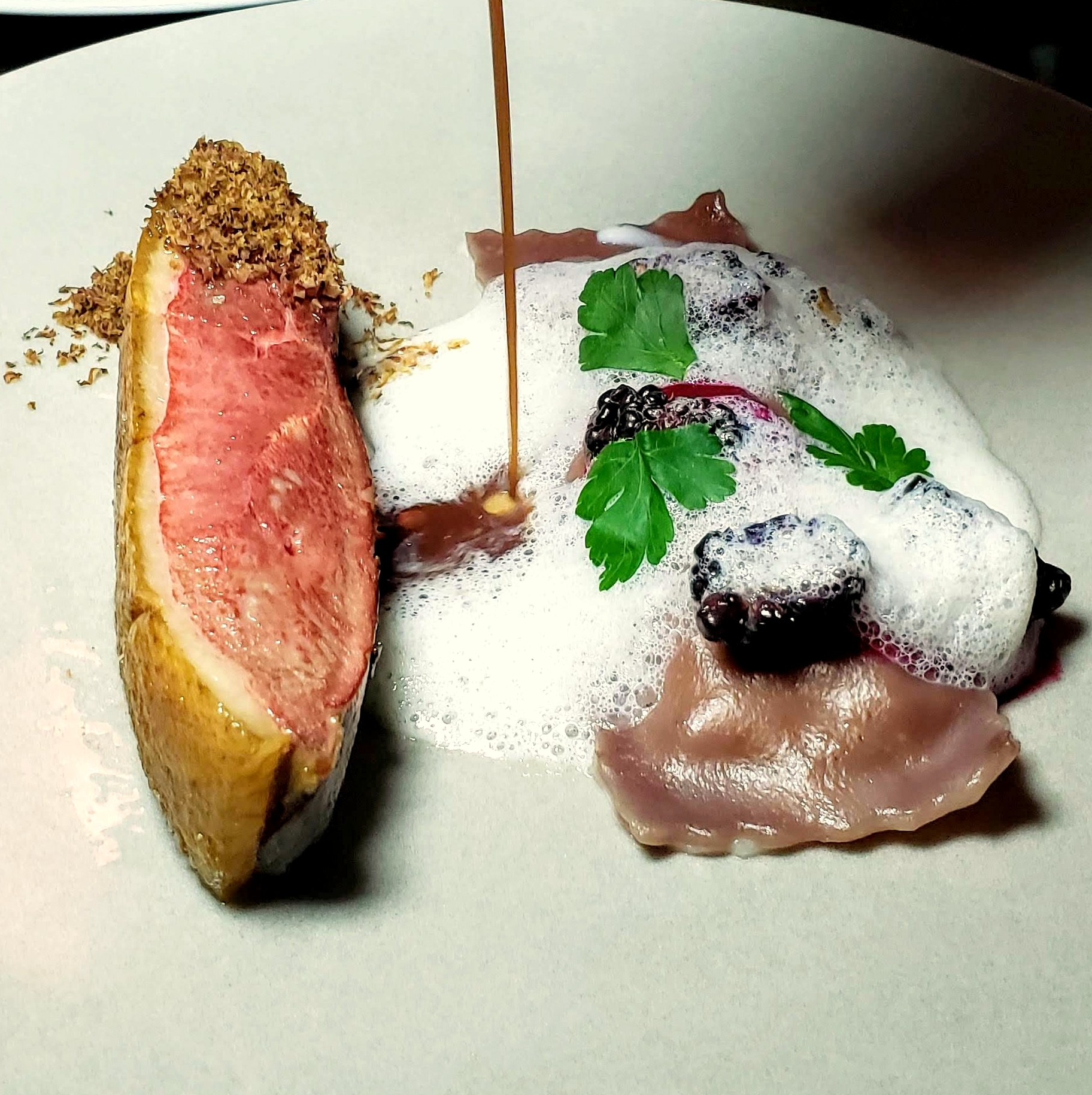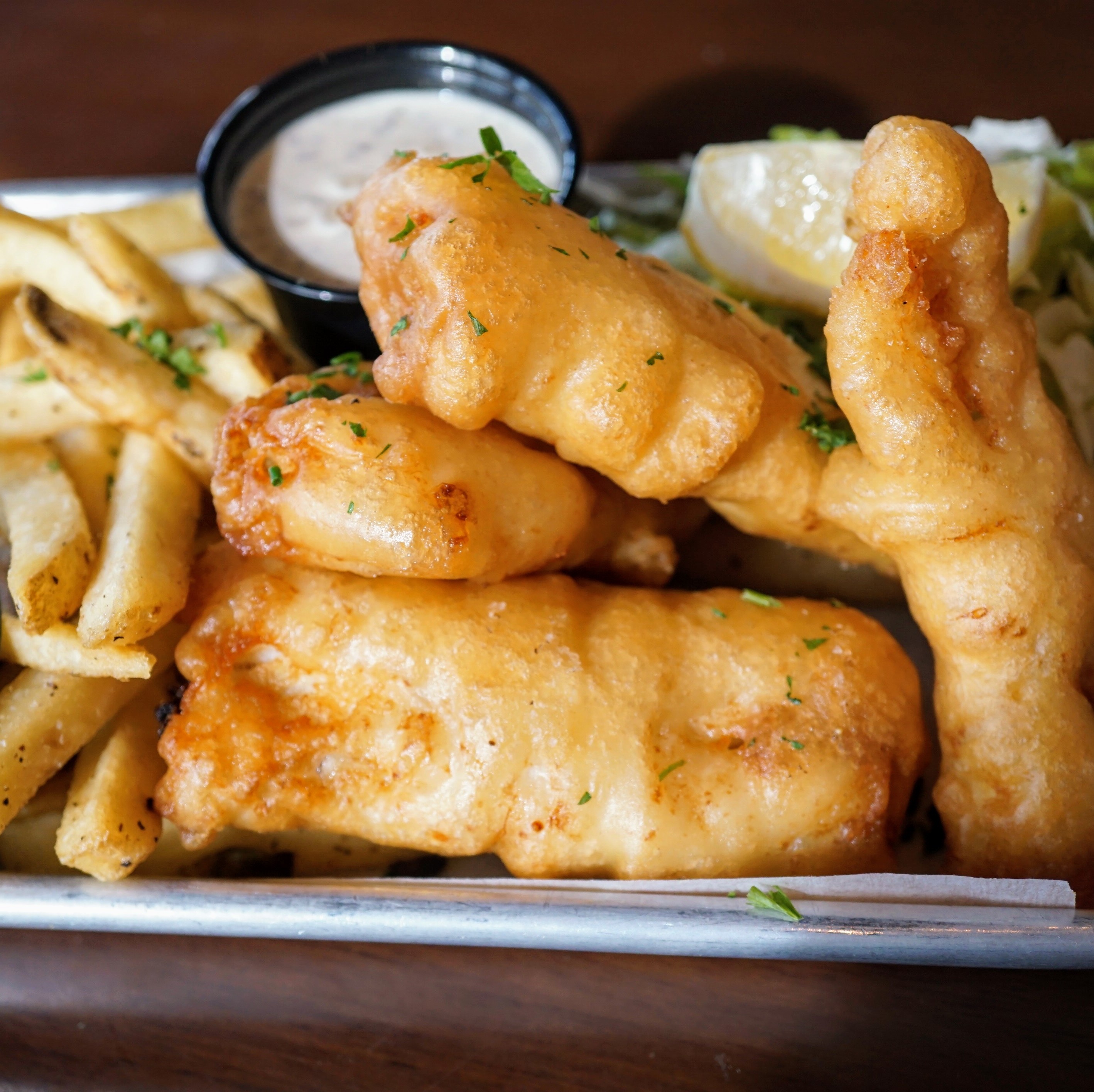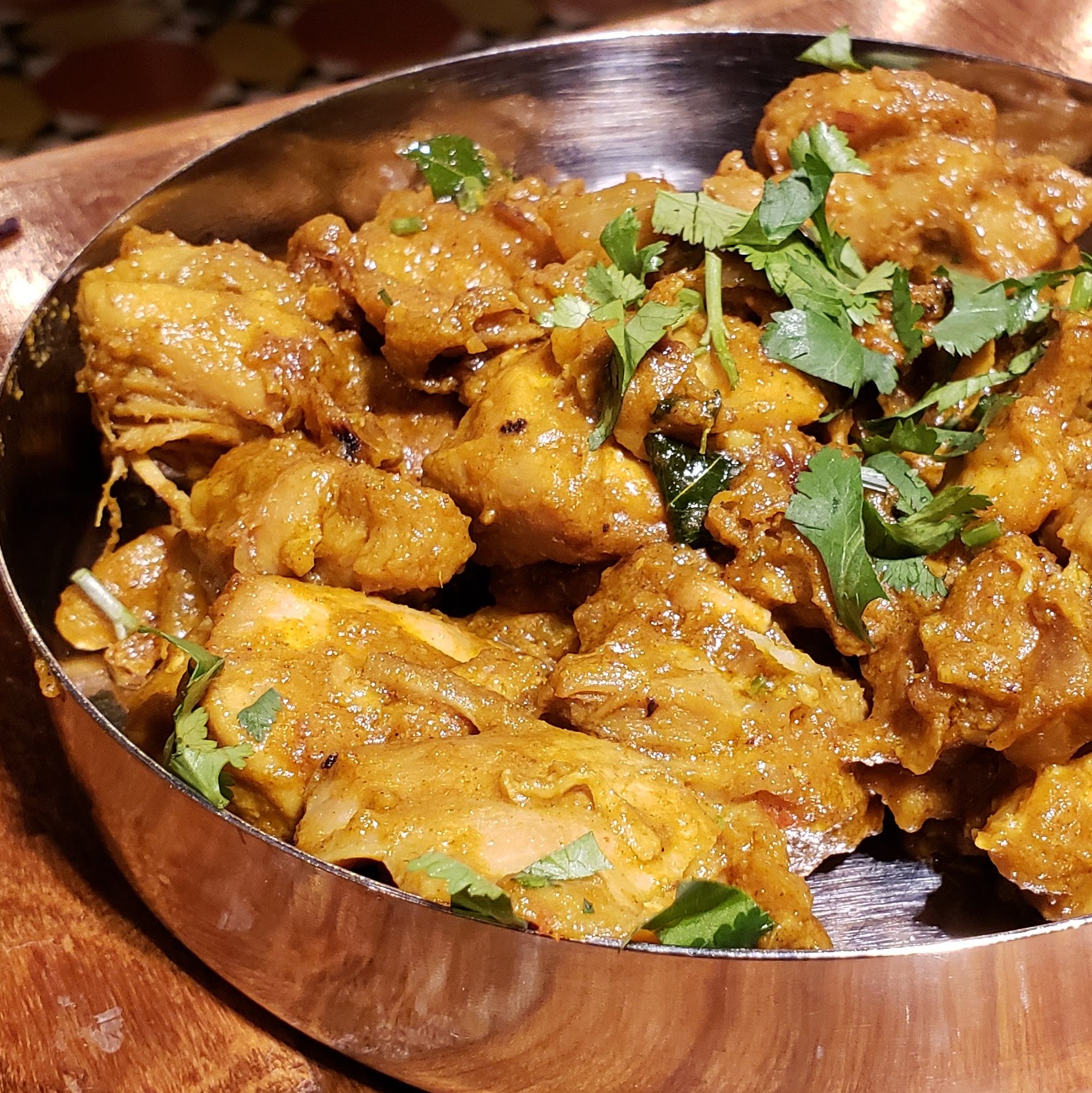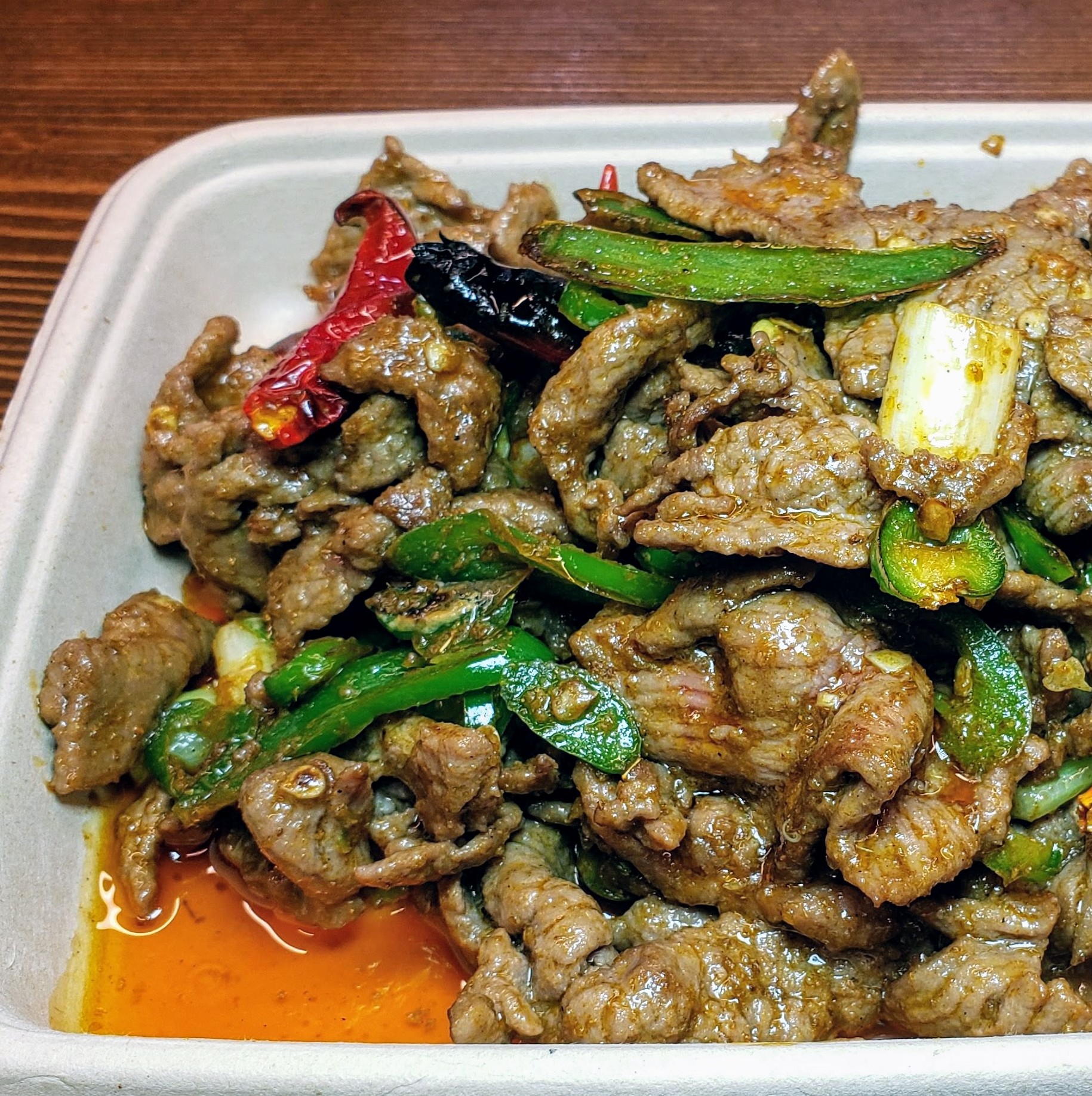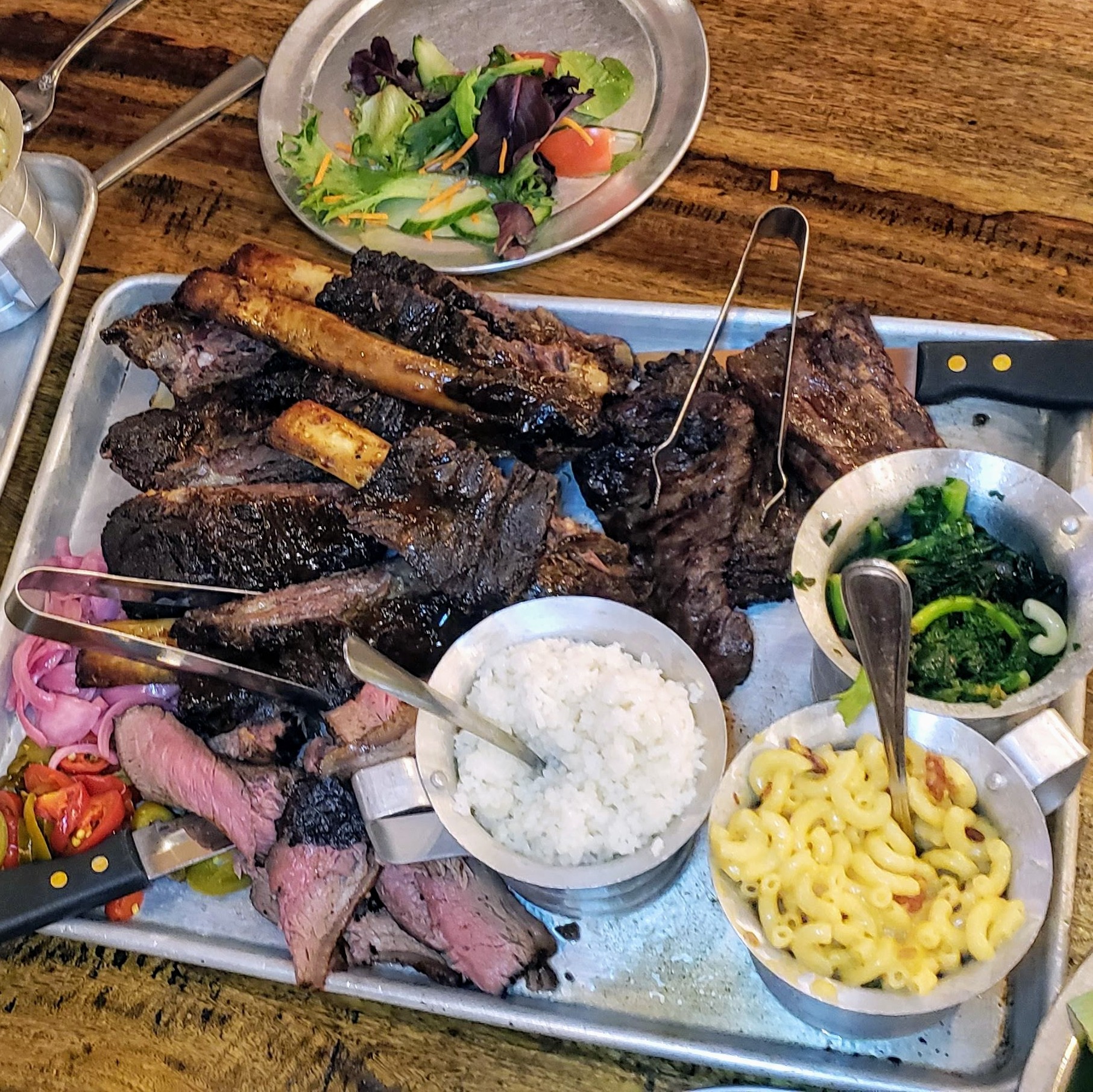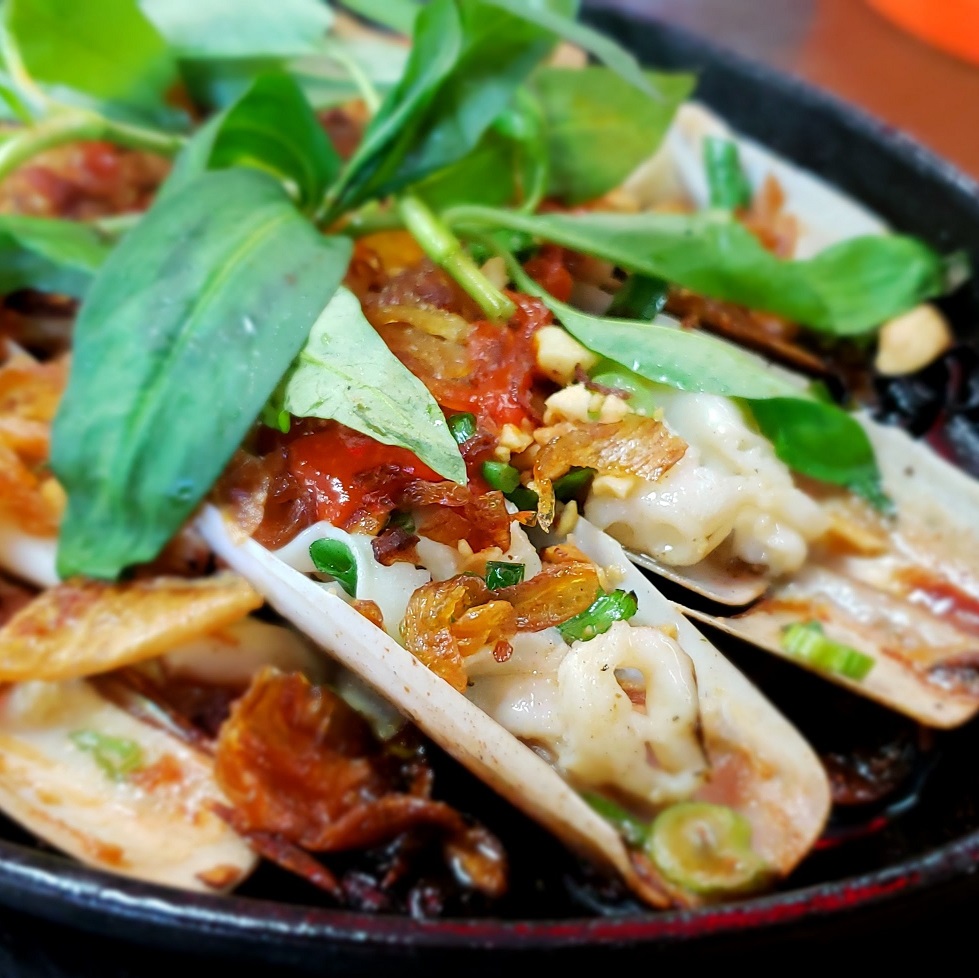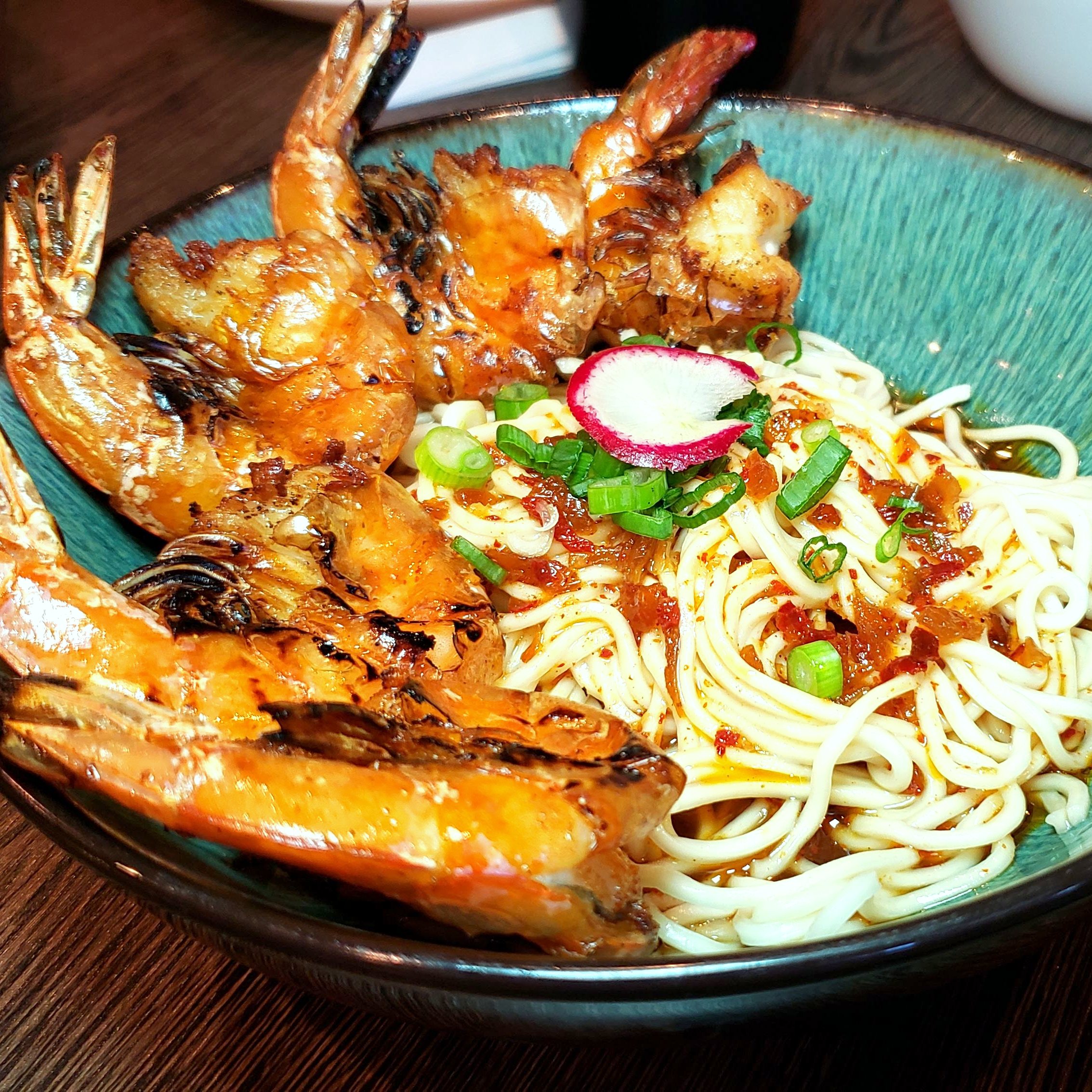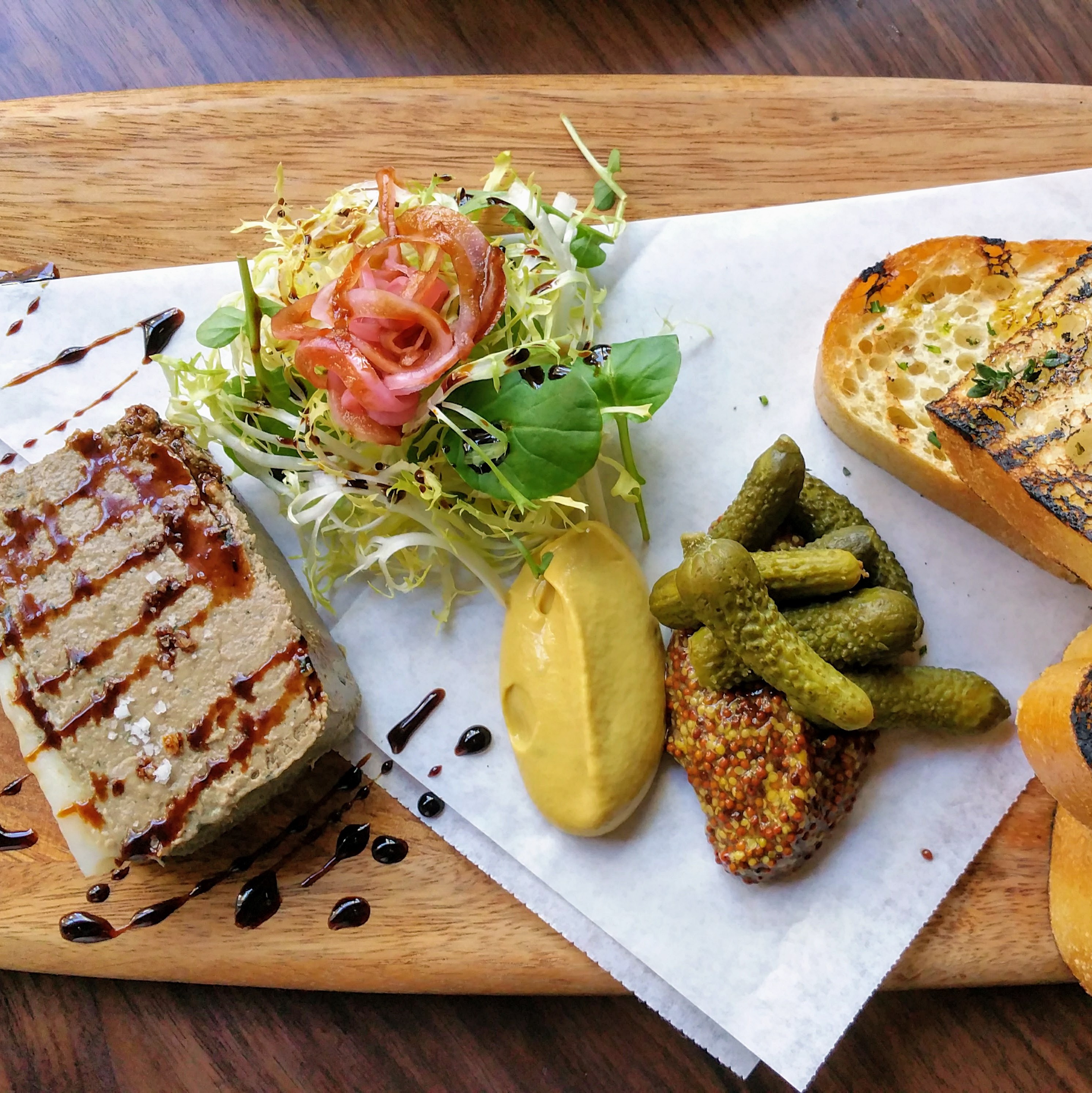One of the most picturesque spots on the East End, this waterfront place was updated when billionaire Marc Rowan took over in 2016. But the iconic 1,400-square-foot lobster deck, and the auxiliary buildings to run the wholesale lobster and ice operation remain. Most dishes, like a full clam bake, lobster Cobb salad and market fish, are served family-style. Fans rave about the lobster rolls, fresh catch and spectacular sunsets on the deck overlooking Fort Pond Bay. The BYOB landmark is seriously casual. Order at the counter. Cash only.
This little unassuming eatery in a strip mall located in Little Arabia has been around for decades. Inside, you'll find all sorts of wonderful baked goods including the array of manaeesh (flat bread) on offer. Favorites include labneh & zaatar, sujuk & cheese, and kafta. There are also traditional pizzas for the kids and baklava.
One of the best restaurants in OC right now, Journeyman's is a fine dining restaurant in a relaxed setting. Zach Geerson is a young chef who is not only talented but oh so creative. Mary's Organic Duck is only one of the dishes he offers from the spectacular prix fixe tasting menu which he offers each night. The beautifully executed duck is paired with blackberry and parmagiano and served with a drizzle of sauce at the table.
Check out the blog post: https://tinyurl.com/y3ra4pc8
Pickled Monk is a gastropub. It offers a huge array of beers, cocktails, paired with a creative menu which is a mix of heavier dishes meant to soak up the alcohol. It is hard to find good fish and chips in Orange County, but at Pickled Monk, it's as good as it gets. The fish is coated in a batter mixed with beer from one of the many taps at the restaurant. Flaky fish encased in a crispy golden cover that is as perfect as it gets.
Check out the blog post: http://tinyurl.com/y2stwza2
Tipped to be country chicken cooked in Chettinad style, these chicken pieces are tender and coated with so many layers of flavor which makes your mouth sing. There is a little heat, but not overpowering. Each morsel of chicken is coated with an exceptionally tasty sauce with hints of coriander.
Check out the blog post: http://tinyurl.com/y3r75n9f
This wok-fired dish at Qin West Noodle, a little eatery serving some pretty legit fare, is enveloped with full flavors of char and dotted with strips of fresh and dried chiles. Tender beef slices are enveloped with mouthwatering cumin and garlic which will make your tongue dance with glee. Savory, spicy, and highly addicting.
Check out the blog post: http://tinyurl.com/y465eec2
This Anaheim churrascaria has an impressive array of meats ranging from brisket, tri-tip, to the ubiquitous Brazilian cut of picanha. Steak, chicken, sausages, two styles of ribs, thick-cut, house-made bacon, plus sides galore. Mac n cheese, greens, garlic rice, salads, crispy fries and much much more. It's one of Anaheim's best-kept secrets, a stone's throw from Disneyland.
Check out the blog post: http://tinyurl.com/yxjfxs8j
Plump razor clams are steamed and then topped with a stunning garlic soy sauce that brings out the natural flavors of the clams. The dish arrives at the table on a sizzling plate, topped with strands of ong choy (water spinach). It'll be hard not to want to order a second plate.
A customer-favorite, these garlic noodles can be had on its own, or paired with a protein of your choice. Succulent grilled shrimp is delicious with the garlicky noodles and is perfect as an entree for one, or as a shared dish among friends. This umami-filled dish of The Vox Kitchen is bound to have you fighting for the last morsel on the plate.
See the Blog post: https://tinyurl.com/y5ug65fc
Olea in Newport Beach is the latest addition from Russ Bendel et al, who brought Vine in San Clemente, and Ironwood in Laguna Niguel. It is only a few months’ old, but the restaurant is already a hotspot for diners wanting a sit-down meal, as well as those looking for solid cocktails and a few nibbles. The house-made duck liver terrine is a signature at Olea and not to be missed. The hearty country-style pate is best eaten on top of crispy grilled bread with a dollop of tart grain mustard. Cornichons add another level of acid and crunch.
See the blog post: https://tinyurl.com/y2mr68ny


